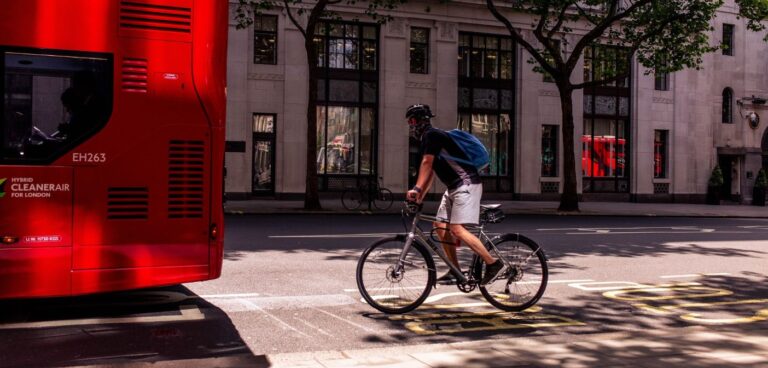The UK government has published its second statutory cycling and walking investment strategy (CWIS2), which covers the period between 2021 and 2025 and includes £4bn in total projected funding.
The first strategy (CWIS1) was published in 2017 and covered the period between 2016 and 2021.
The first report made to Parliament on the progress and delivery of the strategy was published in February 2020.
Since then, Gear change: a bold vision for cycling and walking in summer 2020, has been published, alongside a recent commitment to £2bn additional funding over the current Parliament.
According to the UK Department of Transport, this is the largest amount of dedicated spending ever committed to increasing walking and cycling in England.
“To date we have created Active Travel England, led by Chris Boardman, and are providing local authorities with funding to deliver 134 first-rate schemes to develop new footways, cycle lanes and pedestrian crossings across England,” said Trudy Harrison, under secretary of state at the DfT.
“The strategy includes new and updated objectives including doubling cycling, increasing levels of walking across the community, and walking to school, whilst also setting out the funding in place to achieve these.
“It includes the projection that a total of nearly £4bn will be invested in walking and cycling over the CWIS2 period – delivering new and improved walking and cycling routes across England and behaviour change programmes.”
The DfT claims that more than double the expected amount of funding has been invested into walking and cycling over the CWIS1 period.
Walking and cycling charity Sustrans welcomed the government’s refreshed strategy, believing it shows the urgent need to tackle inequality of access to active forms of travel, including wheeling.
Xavier Brice, CEO of Sustrans, said: “Long-term investment in reliable infrastructure, such as the National Cycle Network, alongside immediately tackling the plague of pavement parking, is critical to improving access to active travel.
“But we must all play our part, and local councils and city regions should embrace opportunities for change, so everyone has the chance to be free from expensive and pollutant car overuse.”





